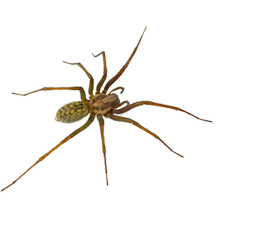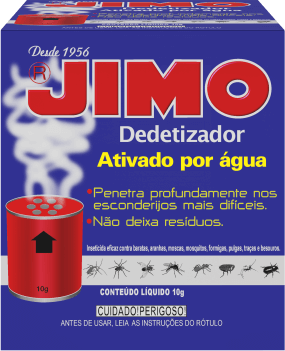

Like ticks, scorpions and mites, spiders belong to the class Arachnida. There are approximately 35,000 species of spiders and they inhabit almost every region on the planet. They have great ecological importance, because they are natural predators capable of regulating the population of insects that could become pests in large numbers.
They are different from insects because they lack wings and antennae, have four pairs of legs and make web. Most spiders have four pairs of legs and four pairs of eyes, but in some species, some of these pairs of eyes may be absent.
Spiders have stingers for inoculation of venom, which is used to capture pray and as a defense agent.
Most spiders are reclusive and prefer dark and protected areas, and can be found both inside and outside the home. They weave their webs to catch their prey. Some spiders need a lot of moisture and can be found in bathrooms, basements, small spaces, warehouses and attics.
Only a few species are venomous to humans, but even so, they generate fear and revulsion to the population. Their bites may go unnoticed, since they often numb the area.
























